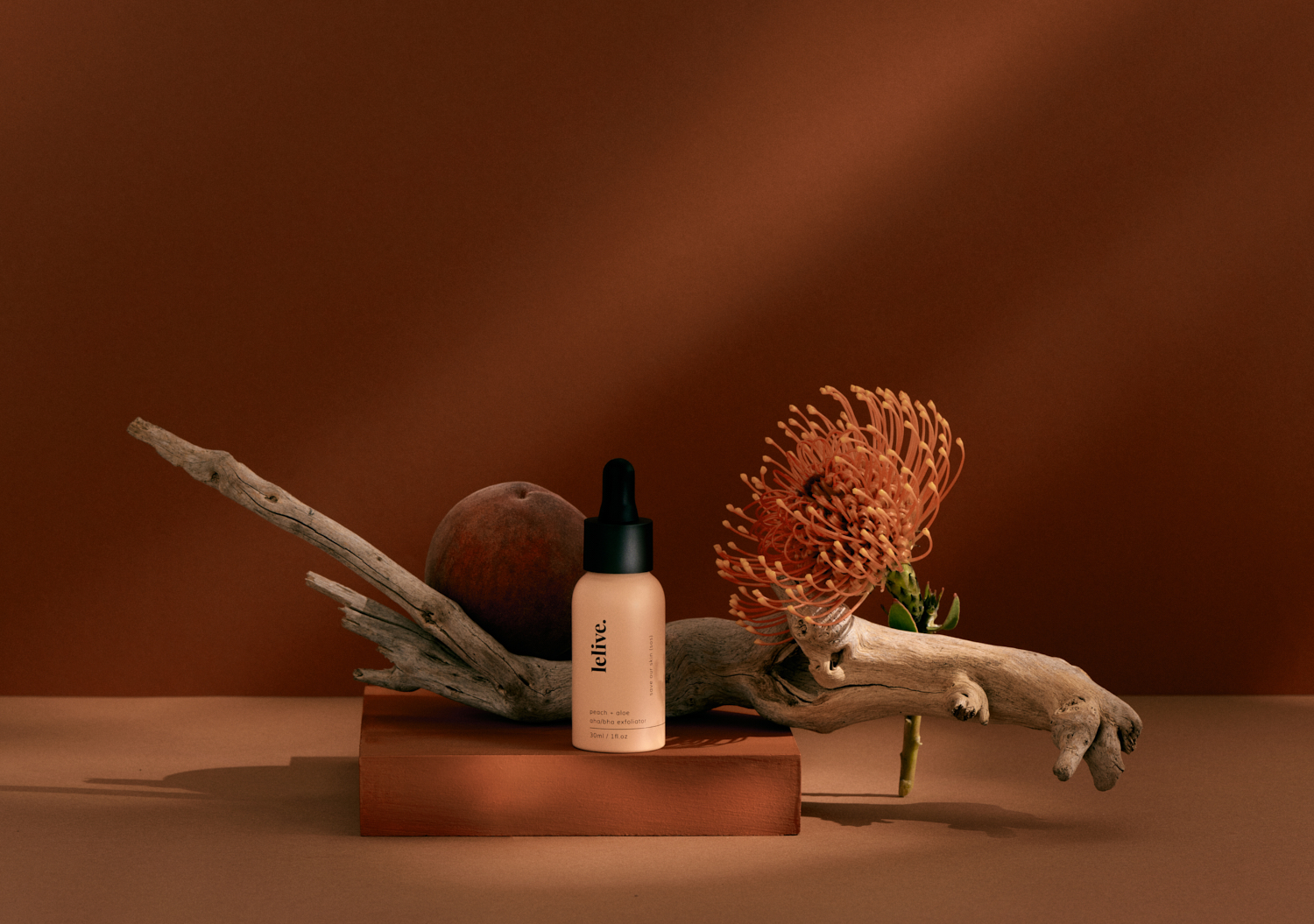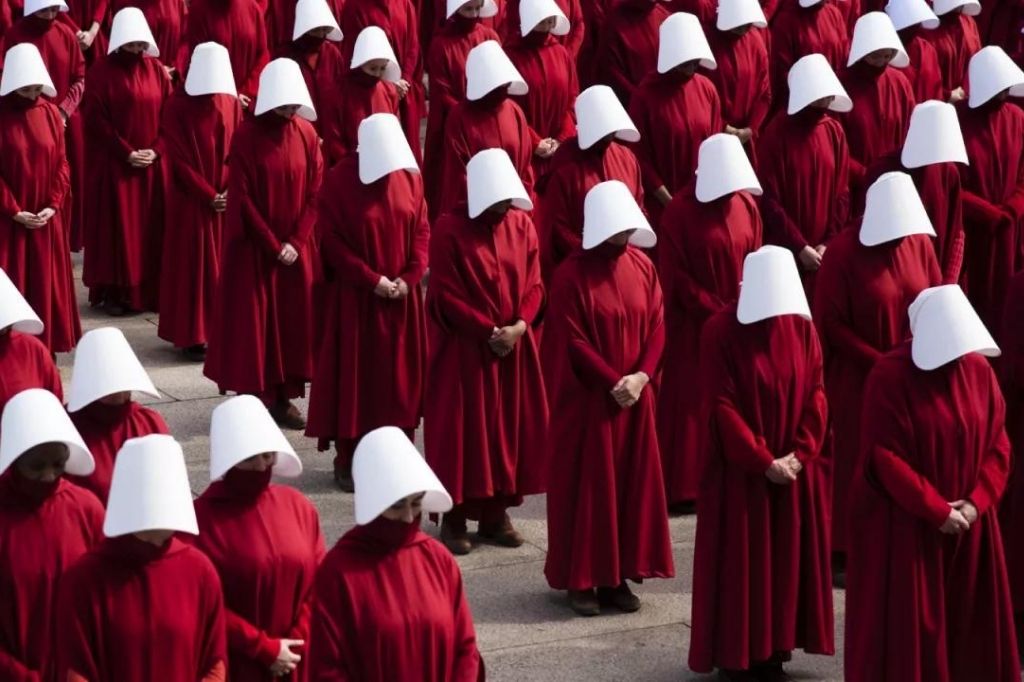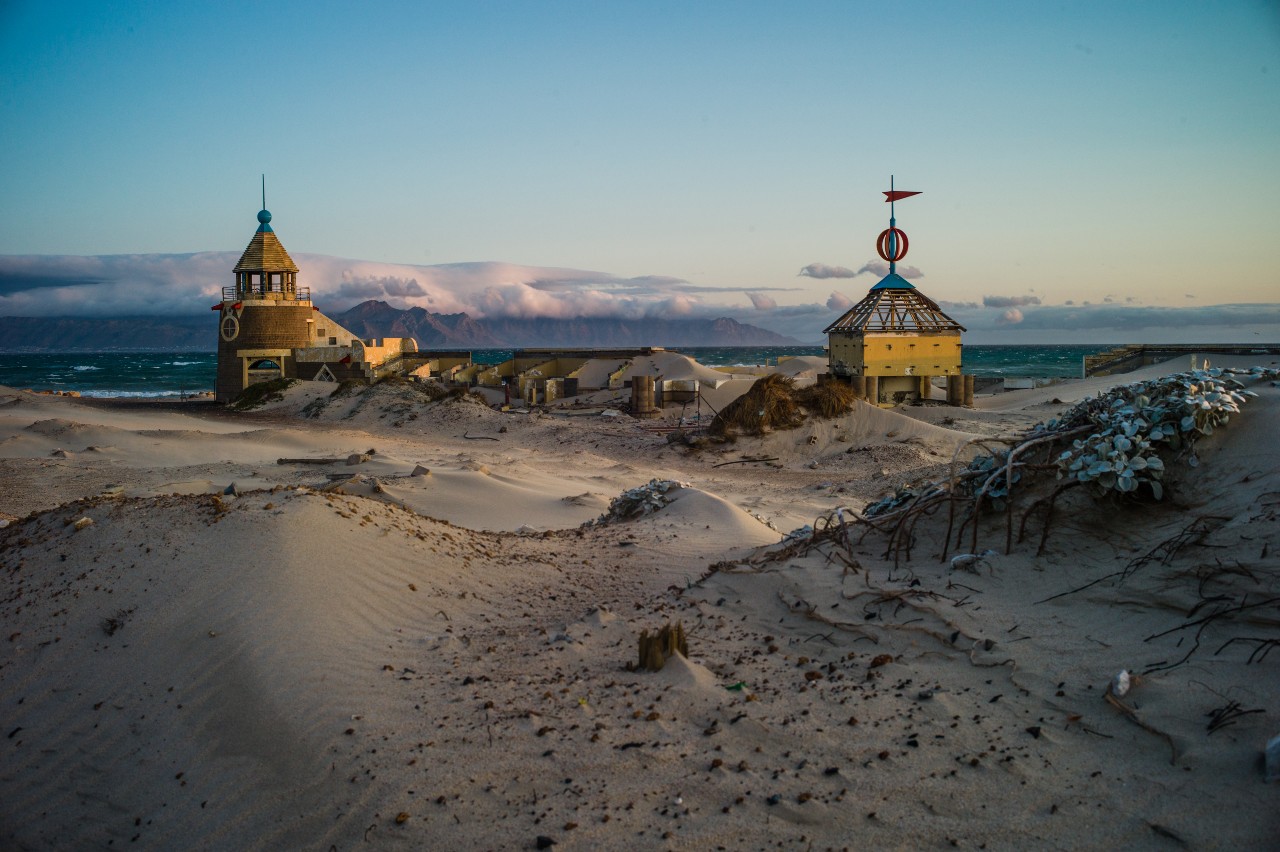The internet and social media age has completely revolutionised how we engage with the world. One critical aspect of this technological age is the meteoric rise of e-commerce and online shopping. Product advertising and marketing are everywhere you look. With so much in your face all the time, it requires skilful creatives to grab your attention and hold it long enough for you to click the “add to cart” button. The creatives behind these attention-grabbing images are highly talented product photographers. Today, product photography is a vital component of the advertising and marketing world. It requires creativity, attention to detail, and the ability to tell a story through an image. In this era of digital commerce, where images are the primary means of communication, the art of product photography has become increasingly important, to a point where it can significantly impact the success of a business.
To learn the ins and outs of this photographic genre, we chatted with renowned product photographer Marnus Meyer, who’s led campaigns with leading local brands, including Lelive, YearnSkin, African Botanics and more.
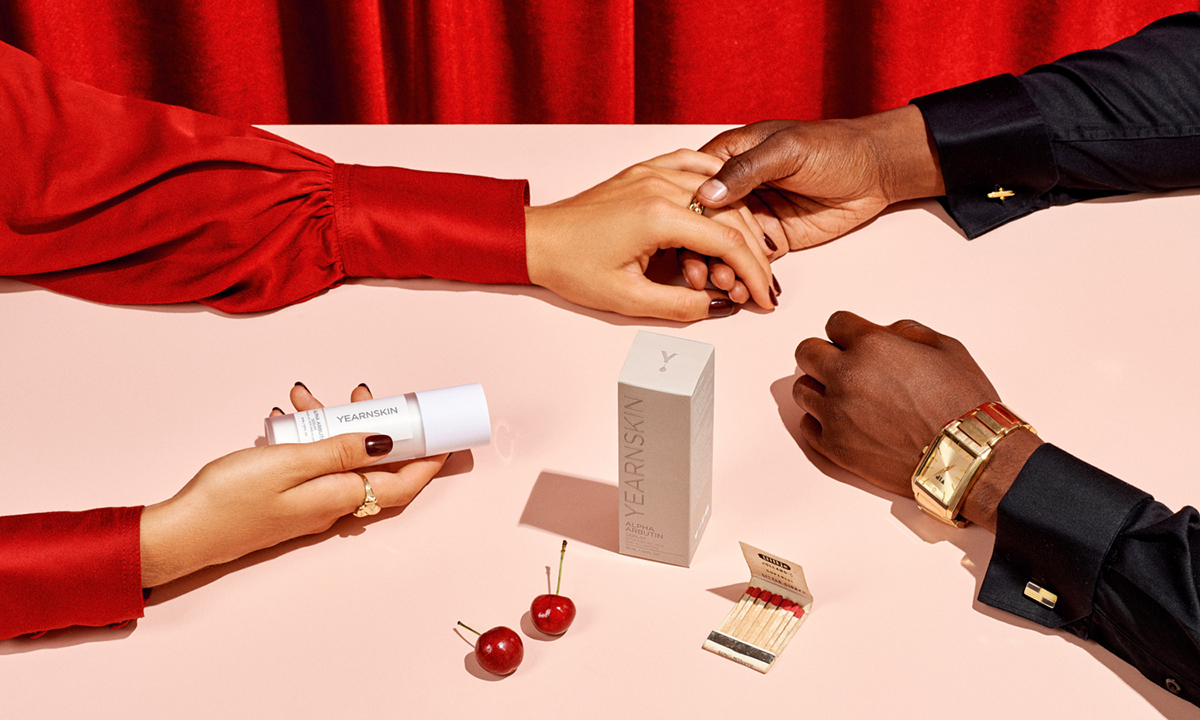
Please tell us a little about yourself.
I am originally from Bloemfontein. And when I’m not on set, you’ll find me on short hikes, having coffee on the beach, visiting markets, or reading a novel. I am quite a dreamer and spend much time in my thoughts, regularly getting caught in daydreams.
Do you remember what attracted you to the art of photography?
As I was finishing high school, I had to decide what I wanted to study and couldn’t land on anything that felt right. At that point, I’d never picked up a camera or had any genuine interest in photography, but my mother suggested that I consider it as a field because I was an artistic person at heart (at school, I used to sell my drawings for pocket money). I had to submit a photo portfolio for my application to study photography. So, in 2007 I bought an R700 point-and-shoot digital camera with 7 megapixels and took a bunch of photos of flowers in our garden. I was accepted. That’s how it all started.
Your website states that you’re a product and beauty photographer; what drew you to these genres of photography?
During my first few years working in Cape Town, I mostly did model tests and model portfolios. With model tests, you must be able to shoot every genre, from high fashion to commercial. I figured out my strengths quickly. I’ve always loved shooting faces, so beauty and portrait photography has always been close to my heart. After about five years of doing that, I was burnt out and decided to take a break from photography. I stepped back and started assisting as a lighting and digital assistant. Inge Prins was one of the first photographers I assisted on a regular basis. Inge does a lot of décor and product photography. She is exceptional. She inspired me so much, and working with her reignited my love for photography. I enjoy the control and precision involved with product photography. It’s where I get to experiment with lighting the most. I always thought as a photographer, you had to be able to do everything, but the more I grew, the more I realised it’s essential to put your energy into the thing you enjoy most.
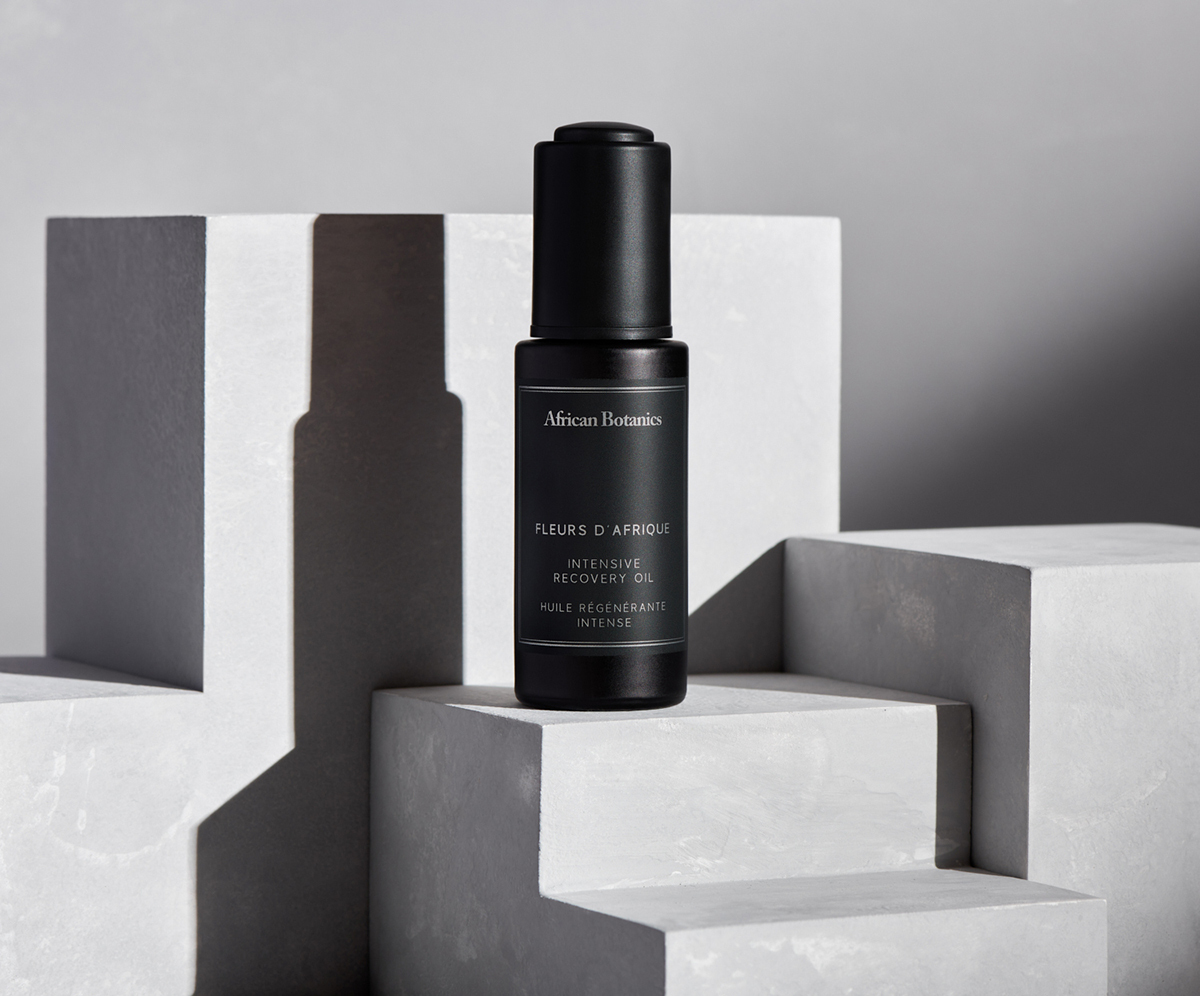
Walk us through your creative process. How do you plan and execute your product shoots? How much work goes into executing a shoot?
It entirely depends on whether a client approaches me directly or through my agent. When a client approaches me directly, my process involves the following:
• Determine the scope of the project: things like the timeline, how many products are being shot, and number of final images.
• Option all the creatives and estimate the budget. Once the client approves the budget, I can begin with production.
• Then I will move on to creative direction, lighting, the shot list, prop lists, etc.
• On shoot day, the most important part of the process is the collaboration between clients and creatives.
• Post-production involves consolidating the budget, as well as any grading or retouching of the images.
When an agency books me, they do most of the production and creative direction. Usually, the process is as follows:
• My agent will contact me with a possible project, and we will have a consultation to cover the basics of the job. Once we’re on the same page, she will go back to the client to finalise the scope, direction, budgets, etc.
• Based on the creative brief, I will put together a photography treatment (which contains a brief introduction, my approach to the job, lighting and prop suggestions, as well as examples of my past work that matches the mood of the creative brief).
• I then present my photography treatment to the client. At this stage, several photographers might be optioned, and the client will decide based on the various presentations.
• If I am booked on the job, we then finalise the creative brief and move forward with the shoot.
• On the day of the shoot, an Art Director will oversee the shoot to ensure we stick to the brief.
• After the shoot, I will supply the images to the client. The client usually does their own retouching.
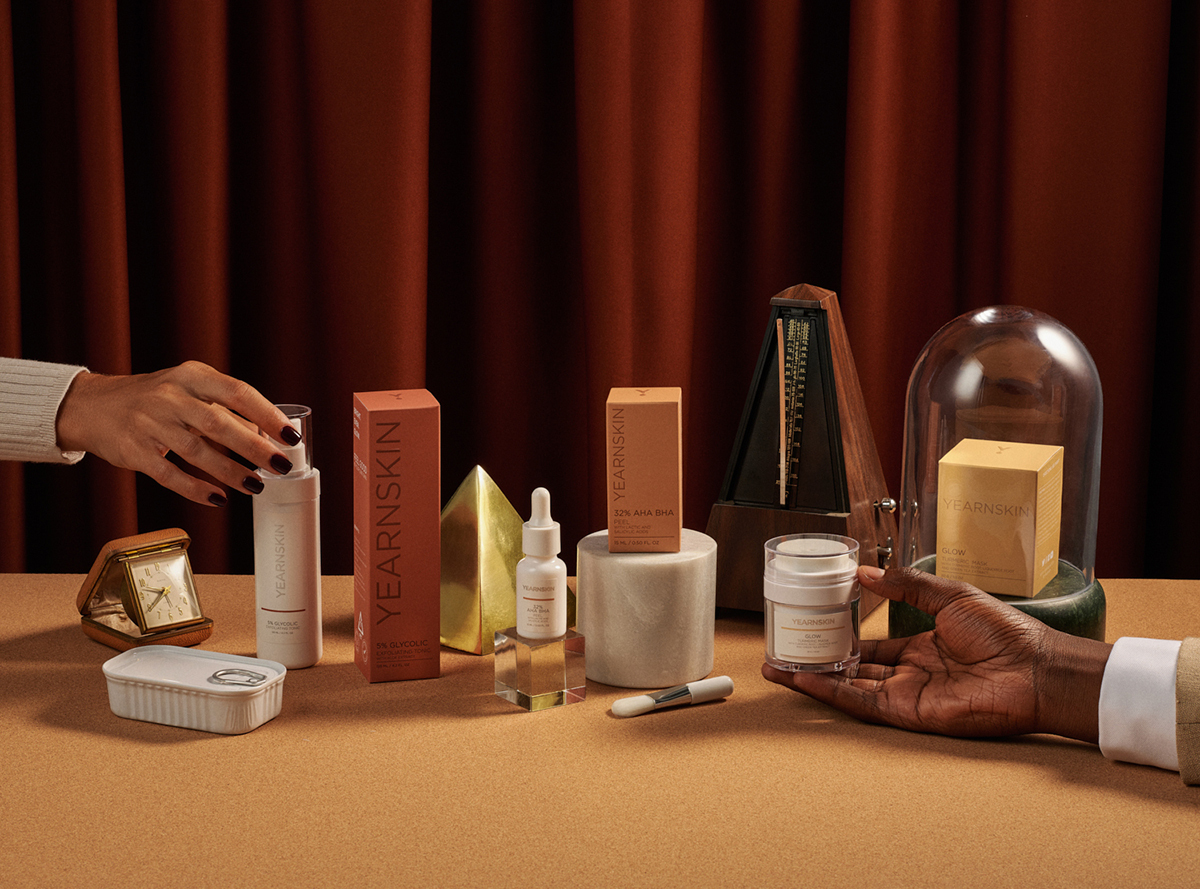
What sorts of things inspire you?
I am inspired by all art forms, including photography, architecture, and digital art. I like creating things and always get inspired when planning a shoot and looking for inspiration.
What are some things that you do when you’re feeling unmotivated and uninspired?
I think having an escape plan for when you feel down is always important. I usually get low energy when I have been stuck in my flat for too long. My escape is usually to grab a takeaway coffee, go to the beach and watch the ocean. I live in Muizenberg, so I visit Saint James’ Beach, Danger Beach and Dalebrook regularly, and it helps a lot.
What are some of the challenges you’ve faced in your career?
When I started out, I really struggled to charge for my work. I did a lot of free work in my first few years in Cape Town and drastically undercharged for my photography. It meant I was always busy and had to shoot non-stop to make a living. I would end up completely overwhelmed with work, with too many jobs to retouch, and I couldn’t keep up with everything. The clients I attracted tended to be people looking for a good deal rather than people wanting to pay me for my talent. I undervalued my work and my talent.
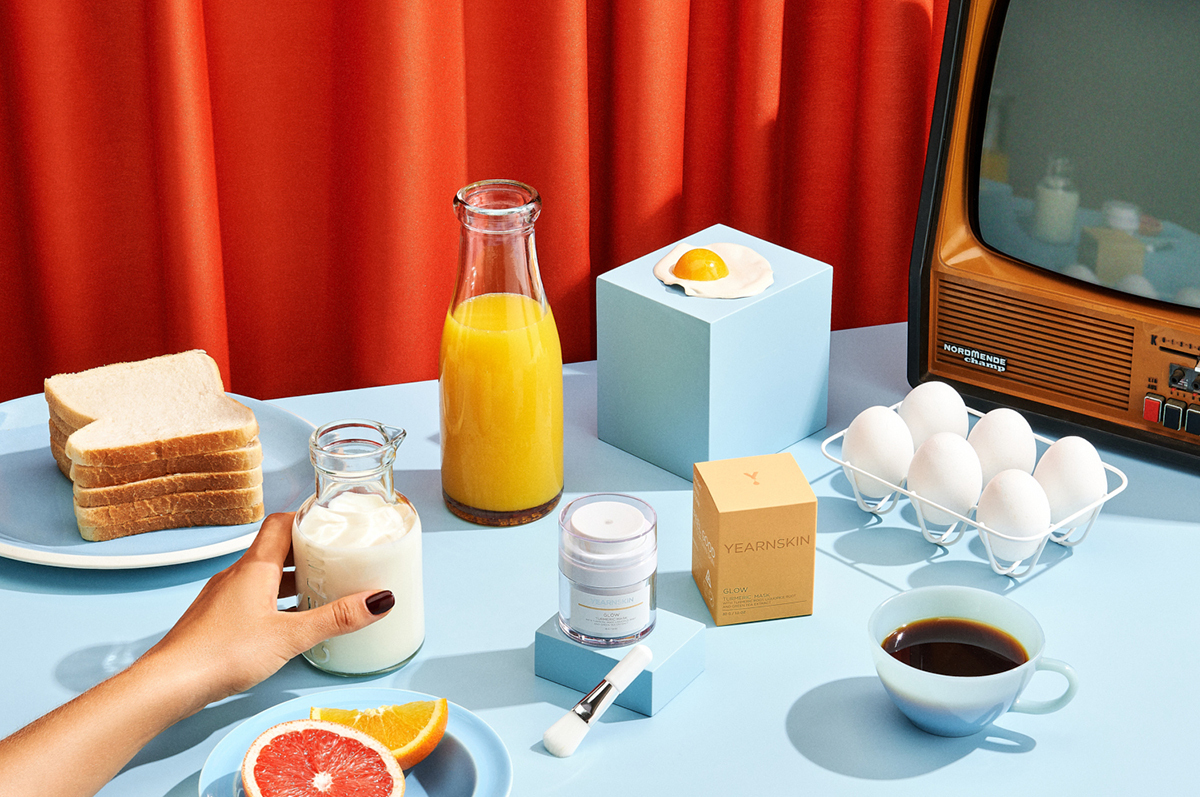
What camera do you shoot with?
What gear and equipment do you regularly shoot with?
I mostly use broncolor lighting, specifically, the Scoro packs and Pulso G heads.
What are some things that you need with you on every shoot?
I always need my camera, my MacBook Pro and a tether cable. I always need C-stands for everything. For my product shoots, I have a bag of cardboard and reflectors in different colours, shapes and sizes that I regularly use. I also have a variety of diffusion rolls and gels that I always bring to all my shoots. I always need clamps and clips on shoots. My favourite lens is my 105mm, and I don’t think I can live without it.
How would you describe your photographic style?
Simple, clean and quiet.
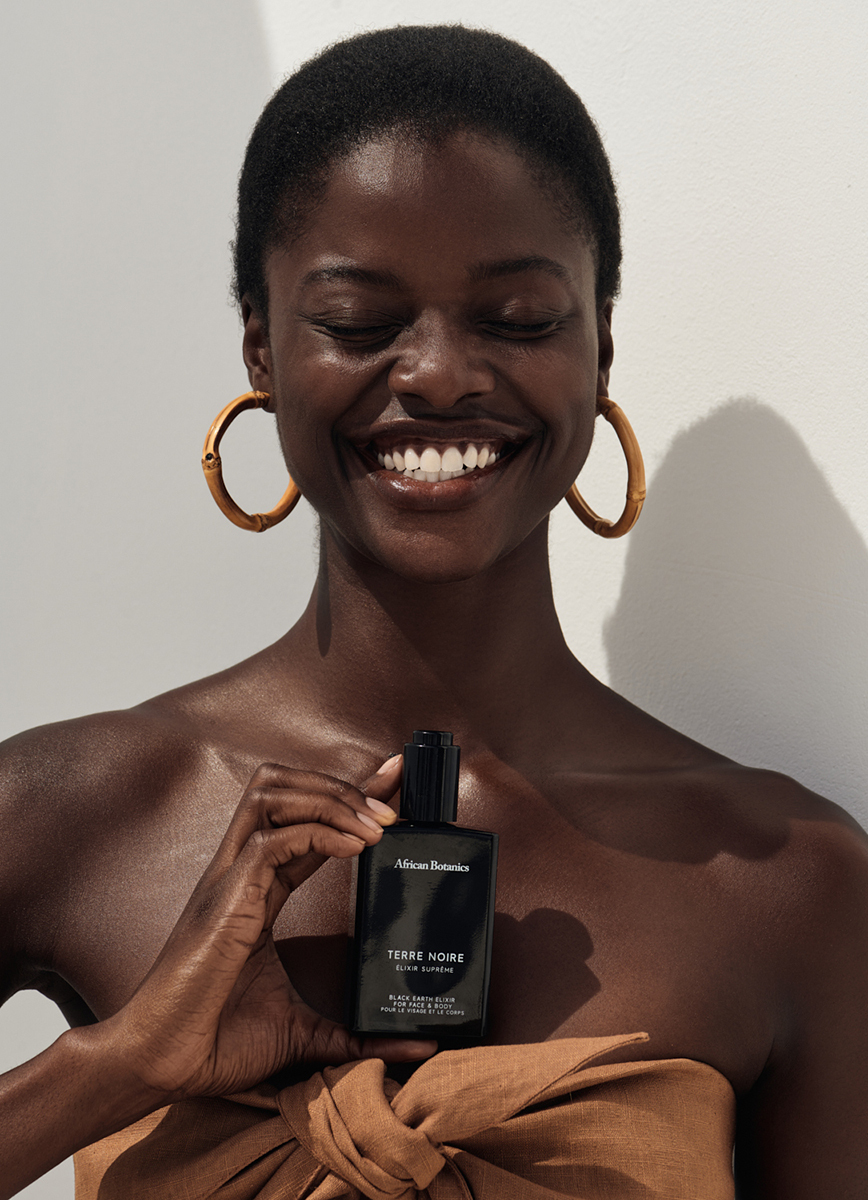
For aspiring photographers wanting to follow a similar path, what are your five tips for pursuing a career in beauty and product photography?
- Assist a variety of different photographers for at least 3-5 years. Get as much lighting and digital experience as you can. It helps build confidence and experience. You get a deeper understanding of how big international photography sets are run and how to work with clients. It is great for networking and building a contact list of stylists, makeup artists and a client base.
- Find your niche and push all your energy into it. If you enjoy shooting beauty, then focus solely on that. Don’t slow yourself down by building a versatile portfolio containing every genre of photography. Become great in one thing, and once you start booking regular jobs in that genre, you can start expanding to something else.
- Be proactive and put yourself out there. Don’t get distracted trying to grow a following on social media, and expect that to be how you will book work. Your energy is best spent somewhere else. Email a PDF portfolio to at least five new clients every 1-2 weeks. I would say 40% of my time is spent shooting, and all the other time is spent finding work. You don’t have to be exceptional to work regularly.
- To be good at product photography, you must strive to become a lighting expert. It is very important to ensure you always keep learning, improving and experimenting. Product photography is a very technical field, and lots of time is spent troubleshooting on set.
- Work ethic is often more important than talent. Never underestimate the importance of sticking to deadlines and budgets and having timeous communication with your clients.
Anything else you’d like to add?
As a photographer, your body is your most valuable asset. When you’re young, you might feel invincible, but if you don’t take care of your body, you will feel it later in your career, and it will impact your ability to take on certain jobs. Ensure that your knees and back are strong, that you protect your skin when you are outside, and always take care of your eyes.

